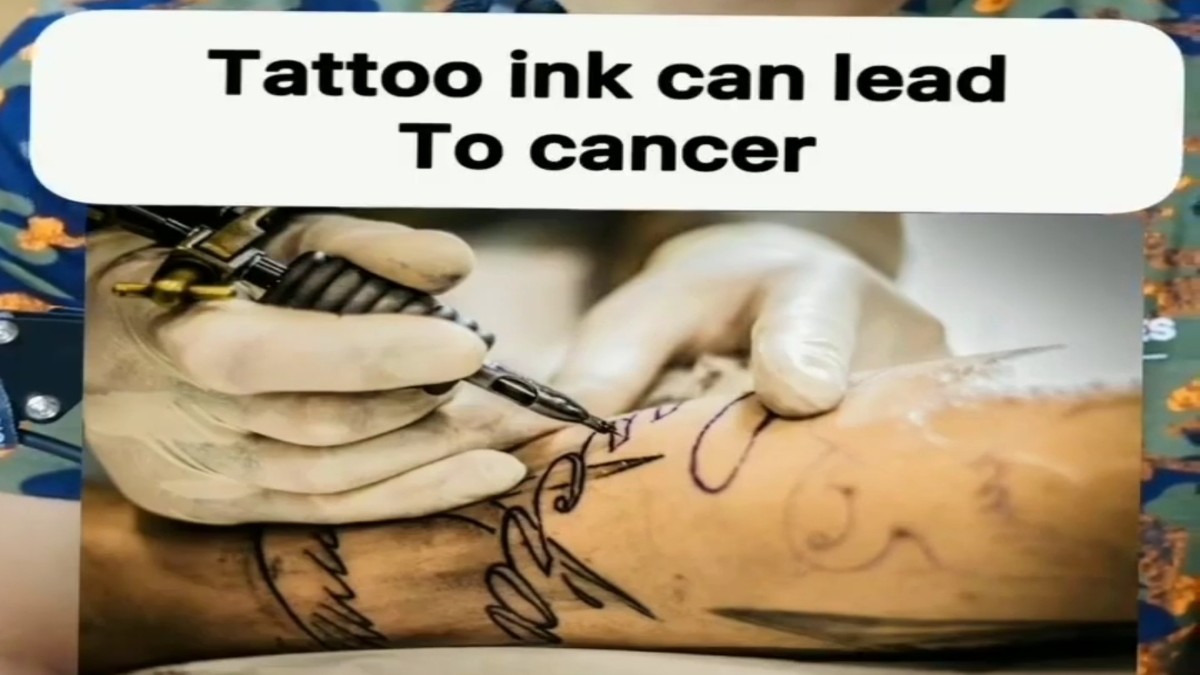
The Hidden Danger
The Hidden Danger, it was a routine day when I reached for a tampon, just like countless times before. Little did I know that this seemingly innocuous act would lead to a life-threatening ordeal, costing me my legs and almost my life. My journey through toxic shock syndrome (TSS) opened my eyes to the critical symptoms that something was terribly wrong, and it’s a story I feel compelled to share with every woman.
The first signs that something wasn’t right came swiftly. Initially, I noticed a sudden onset of flu-like symptoms: high fever, nausea, and dizziness. Attributing them to a passing bug, I soldiered on, unaware of the impending danger. However, as the hours passed, the symptoms intensified. The fever soared, accompanied by a pounding headache and muscle aches that left me incapacitated.
As my condition deteriorated, a sense of panic set in. It was only when I experienced confusion and disorientation that alarm bells rang. Something wasn’t adding up, and deep down, I knew it was linked to the tampon I had inserted hours earlier. Rushed to the emergency room, I was met with grave expressions and urgent actions. My body was in a battle for survival against TSS, a condition triggered by toxins produced by certain strains of bacteria, notably Staphylococcus aureus.
The doctors worked tirelessly to stabilize me, but the damage had been done. The toxins had infiltrated my bloodstream, wreaking havoc on my organs and leading to tissue damage and eventual limb loss. It was a surreal nightmare, confronting the harsh reality that a simple hygiene product had inflicted such devastation.
Reflecting on my ordeal, I realized that awareness is our greatest defense. Toxic shock syndrome isn’t a distant threat; it’s a lurking danger in every tampon aisle. Understanding the symptoms is paramount: sudden high fever, vomiting, diarrhea, rash resembling sunburn, dizziness, and confusion. These aren’t symptoms to dismiss lightly; they’re urgent calls for action.
Furthermore, proper tampon usage is crucial. Always opt for the lowest absorbency necessary, change tampons regularly (at least every 4-8 hours), and consider alternatives like menstrual cups or pads for lighter flow days. Never leave a tampon in for longer than recommended, as extended wear increases the risk of bacterial growth and toxin production.

Equally important is fostering an open dialogue about menstrual health. Too often, discussions surrounding menstruation are shrouded in taboo, leaving women uninformed and vulnerable. We must break the silence, empowering one another with knowledge and support.
My journey through TSS was harrowing, but it’s a chapter I refuse to let define me. Instead, I’m determined to transform my experience into a beacon of awareness, shining a light on the symptoms and precautions every woman should know. Together, we can navigate the complexities of menstrual health, ensuring that no one else falls victim to the silent danger of toxic shock syndrome.
In the wake of my traumatic experience with toxic shock syndrome (TSS), I’ve made it my mission to delve deeper into the intricacies of this often-overlooked condition. Beyond the initial shock and recovery, I’ve uncovered crucial insights that every woman needs to know to safeguard her health.
Firstly, recognizing the risk factors for TSS is imperative. While TSS can affect anyone, certain factors increase susceptibility, such as using super-absorbent tampons, leaving tampons in for extended periods, recent childbirth, and a history of TSS. Understanding these risk factors empowers women to make informed choices about their menstrual hygiene practices.
Moreover, the symptoms of TSS can mimic those of other common illnesses, leading to delayed diagnosis and treatment. That’s why it’s essential to trust your instincts and seek medical attention if you experience symptoms that seem disproportionate to a regular illness, especially during menstruation and tampon use.
Furthermore, education is key to prevention. Many women are unaware of the potential dangers associated with tampon use, including the risk of TSS. By raising awareness through platforms like social media, educational campaigns, and healthcare providers, we can equip women with the knowledge they need to protect themselves.
Additionally, advocating for better regulation and transparency within the menstrual product industry is paramount. Manufacturers must prioritize safety by providing clear labeling, comprehensive instructions, and conducting thorough testing to minimize the risk of TSS.
Lastly, support and solidarity are crucial for those affected by TSS. The physical and emotional toll of TSS can be overwhelming, but knowing that you’re not alone can make all the difference. Whether through support groups, online forums, or simply sharing your story, connecting with others who have experienced TSS can provide comfort and encouragement on the road to recovery.
My journey through TSS has been a harrowing ordeal, but it’s also been a catalyst for change. By shedding light on the symptoms, risk factors, and preventative measures associated with TSS, I hope to empower women everywhere to prioritize their health and well-being. Together, we can turn the tide on this silent threat and ensure that no woman suffers needlessly from toxic shock syndrome.







This is a great resource. Thanks for putting it together!